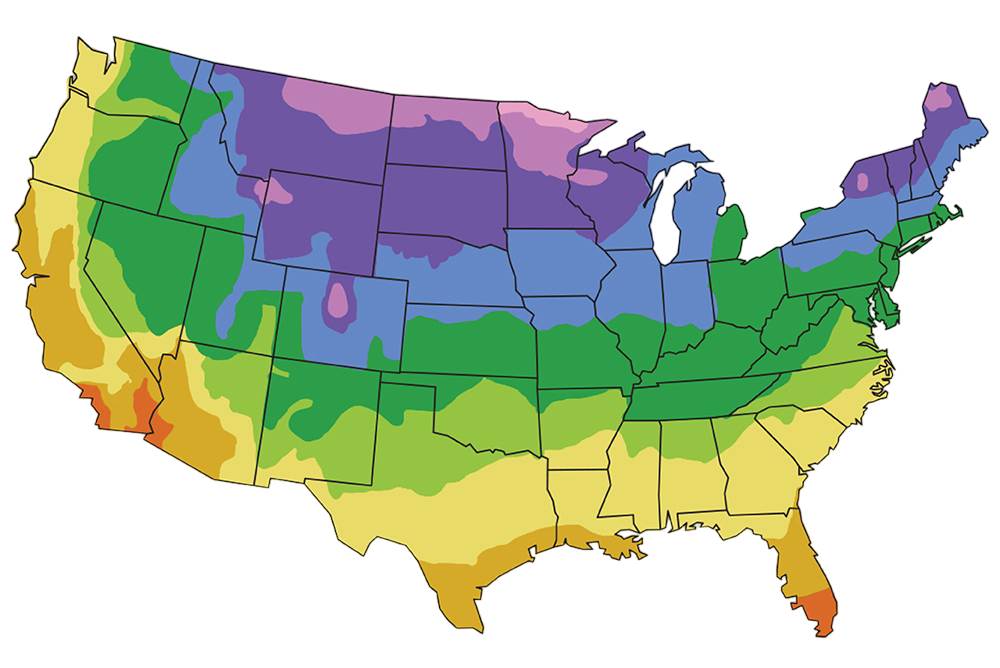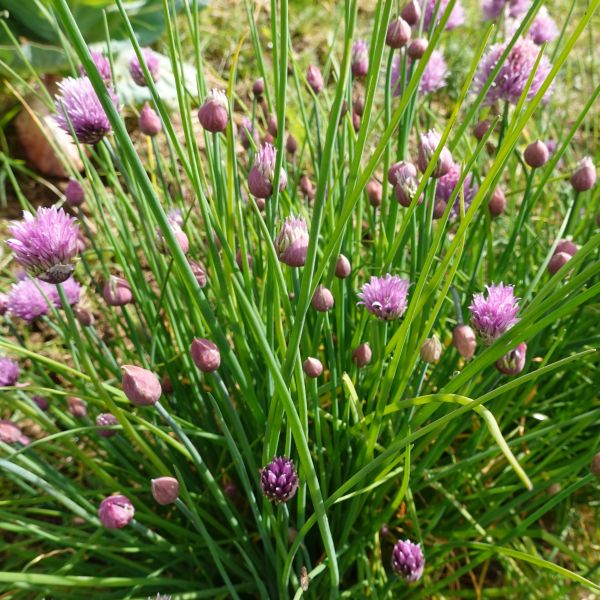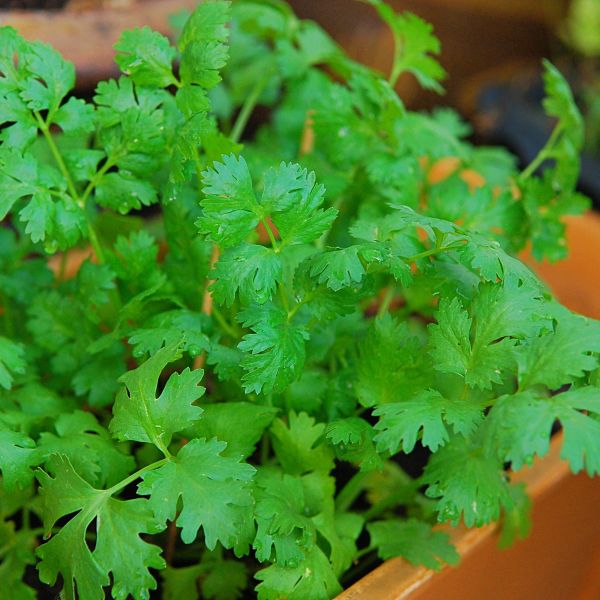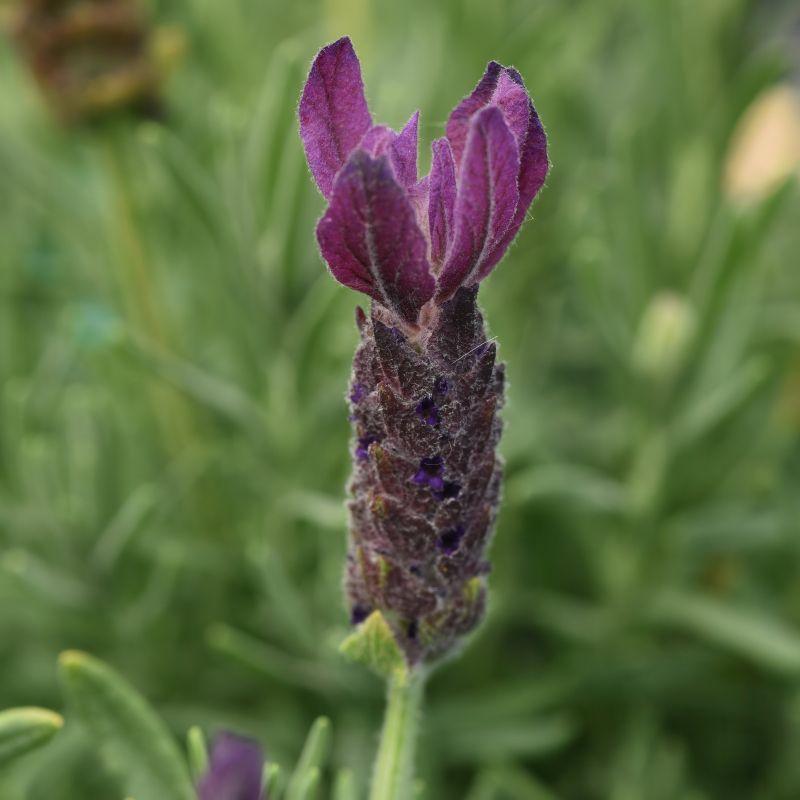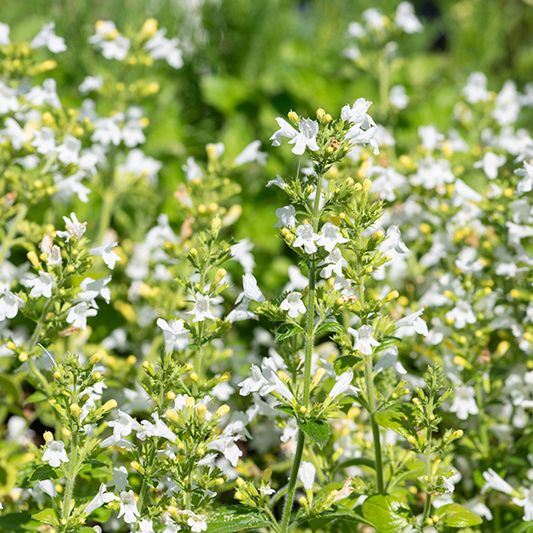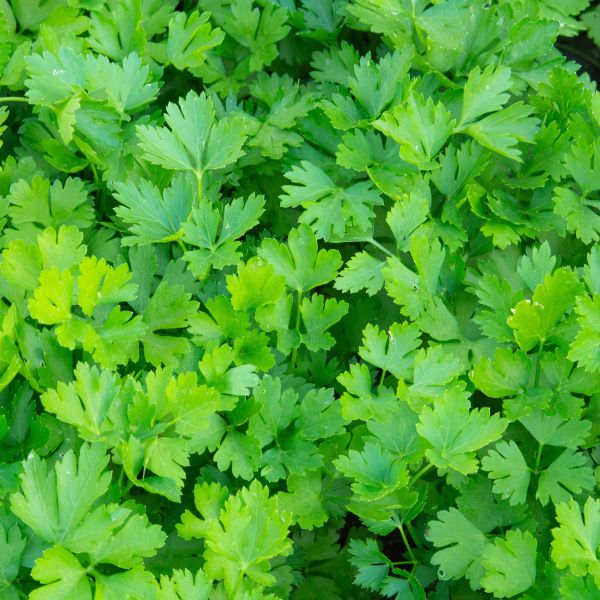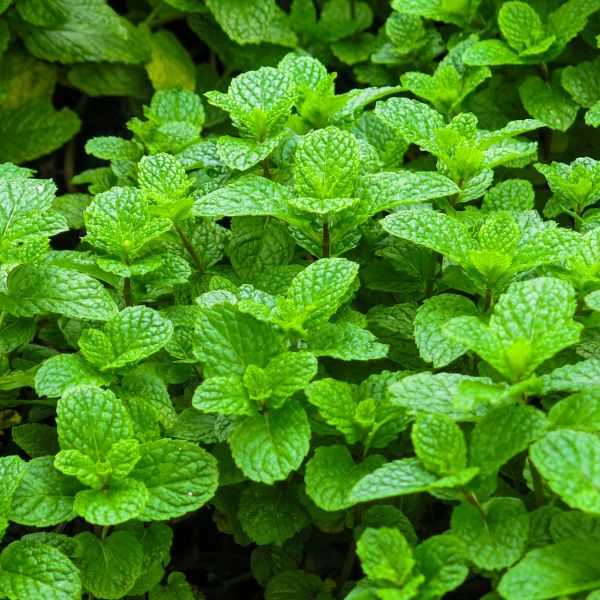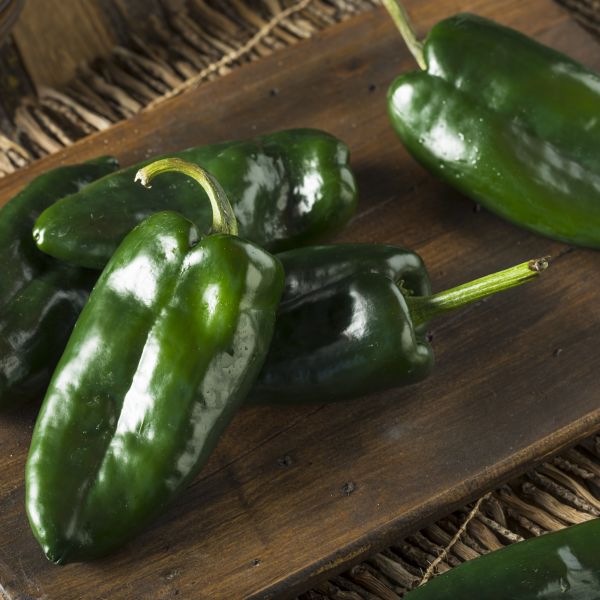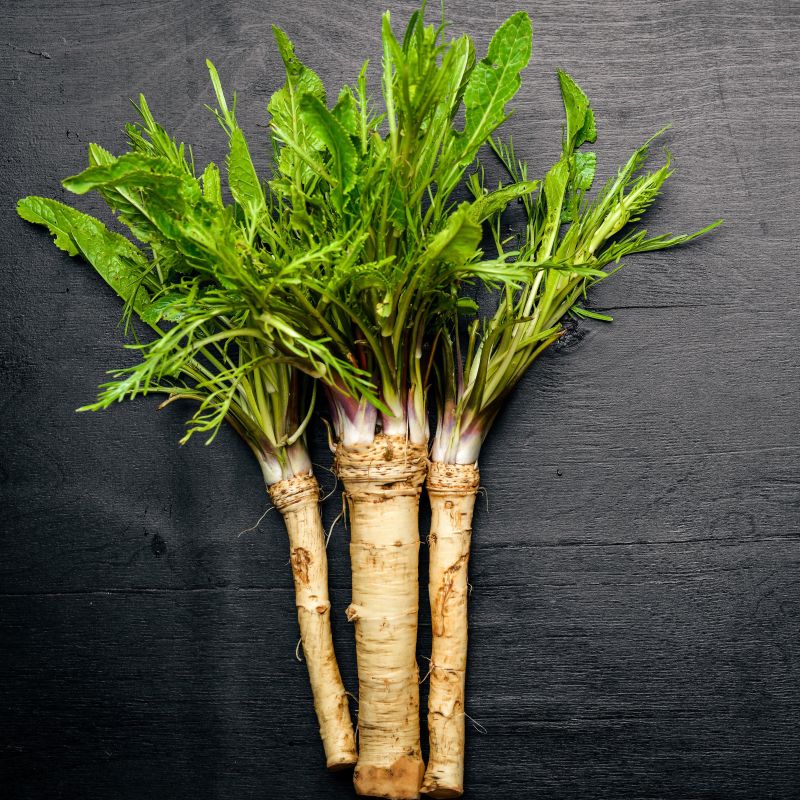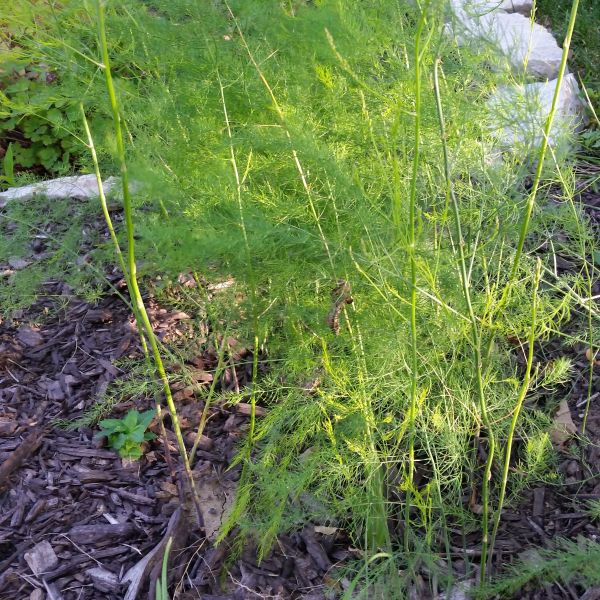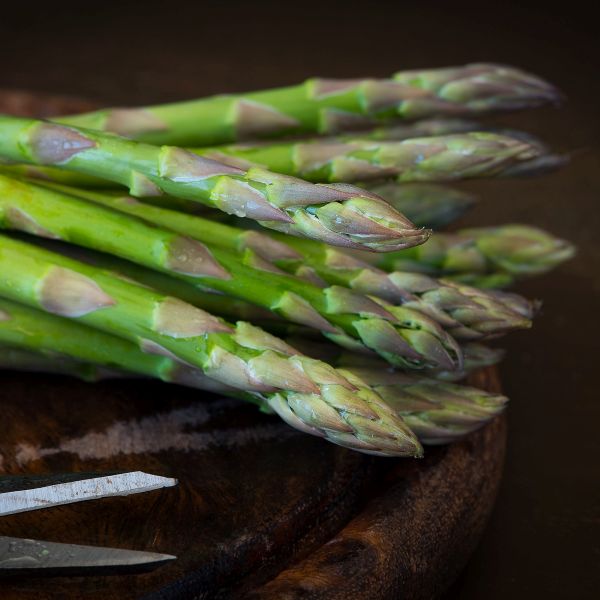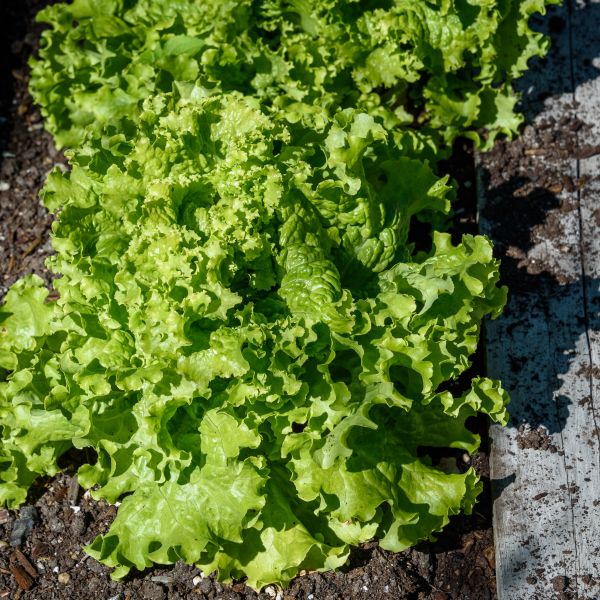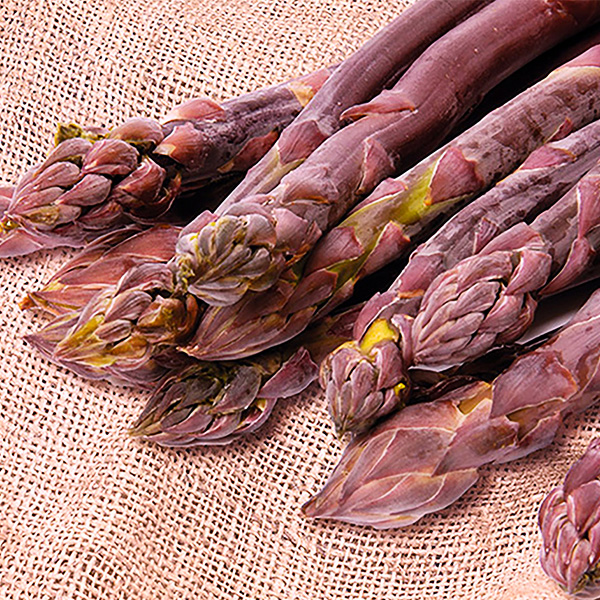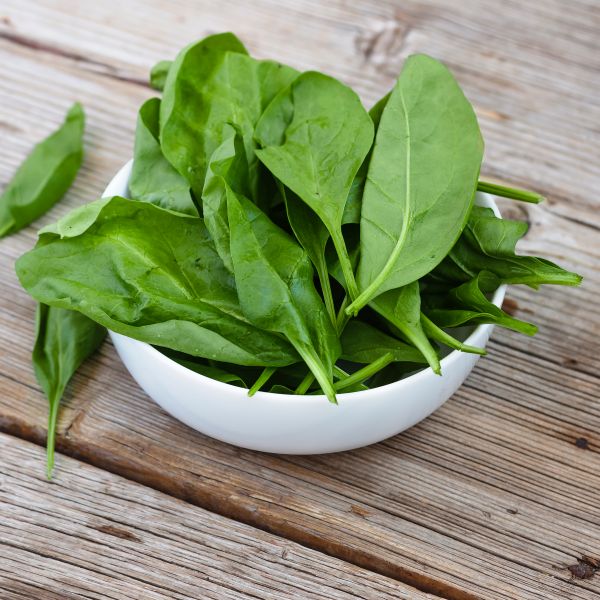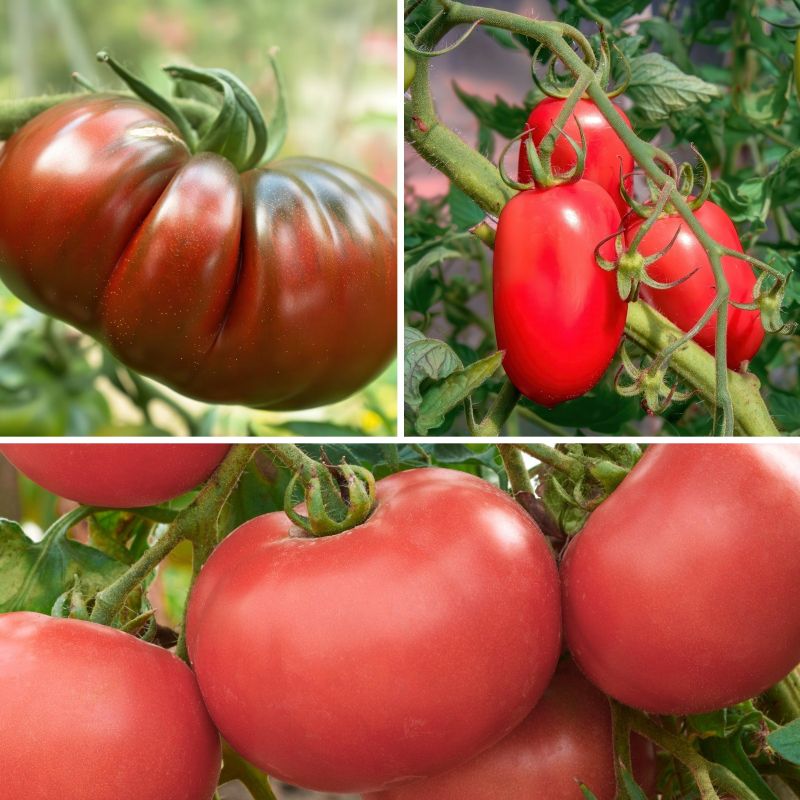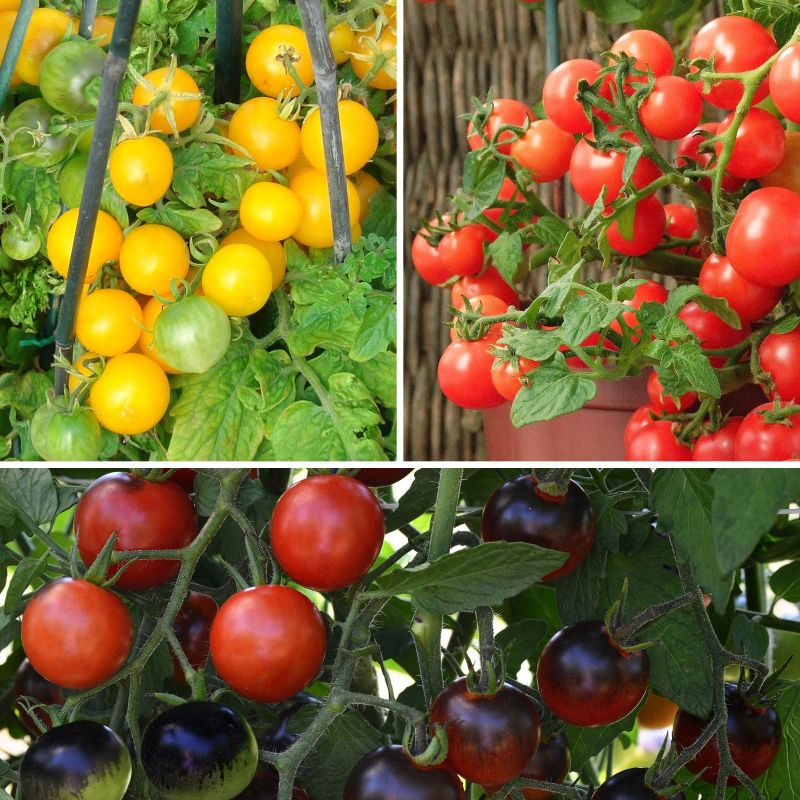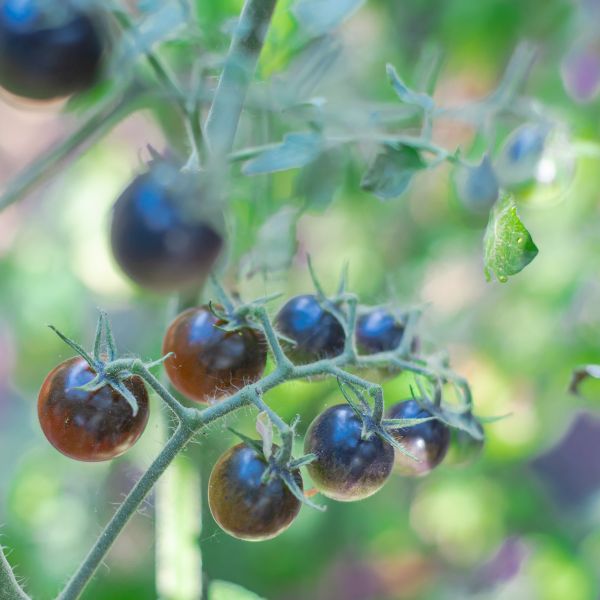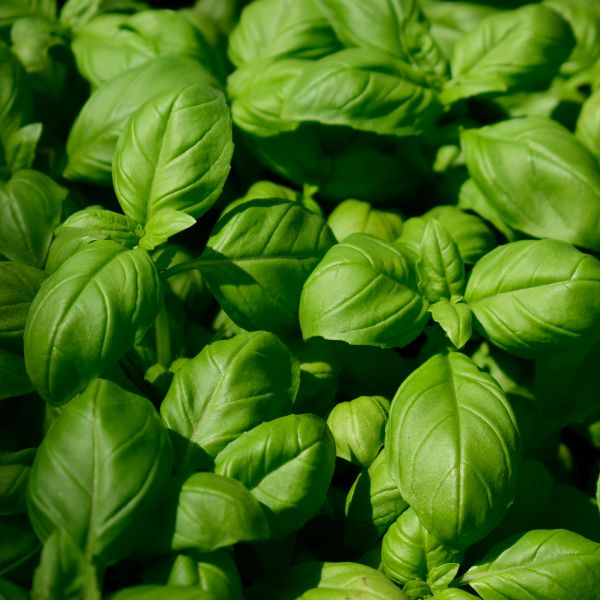
Basil Genovese
Ocimum basilicum Genovese
12 reviews
Basil Genovese
Ocimum basilicum Genovese
12 reviews
- Fresh and aromatic flavor
- Perfect for making traditional pesto sauce
- Pairs wonderfully with tomatoes and mozzarella
- Recommended by landscape designers for optimal fit in real yards
$60.00
$86.00
30% Off
- Ships to 43215 in 3 to 7 days
- Free Shipping Over $150
- Plant Arrival Guarantee
- In Stock
- Free Plant Consult
$200 - Landscape-Approved: Every Plant We Sell Comes With Design Expertise Behind It
2 1/2", 3 Pack
Not just beautiful - intentionally selected by ShrubHub's 3D landscape design team to fit real-world spaces and maximize yard potential.
Why Basil Genovese?
Basil Genovese, also known as Ocimum basilicum Genovese, is a popular variety of basil known for its intense flavor and aroma. It is commonly used in Italian cuisine, particularly in pesto sauces and Caprese salads. This type of basil has large, shiny leaves and a sweet, slightly spicy taste. It is easy to grow and adds a fresh burst of flavor to dishes.
People who loved this plant also bought
Sunlight
Basil Genovese requires at least 6-8 hours of direct sunlight per day to thrive. It is important to place it in a sunny location with good airflow to prevent mildew and maintain strong, healthy growth. Inadequate sunlight can result in leggy, weak plants w
Watering
Basil Genovese requires consistent watering to keep the soil evenly moist. It is important to water regularly, especially in hot weather, to prevent the plant from wilting. However, it is crucial to avoid overwatering as it can lead to root rot.
Fertilizing
Basil Genovese prefers well-draining soil with a pH of 6.0-7.5. It benefits from regular fertilization with a balanced fertilizer high in nitrogen, such as a 10-10-10 formula. Fertilize every 4-6 weeks during the growing season to promote healthy growth an
Basil Genovese (Ocimum basilicum Genovese)
Basil Genovese, also known as Ocimum basilicum Genovese, is a popular variety of basil that is commonly used in Mediterranean cuisine. It is characterized by its large, bright green leaves and strong, sweet aroma.
Features:
- Fresh and aromatic
- Large, glossy leaves
- Strong, sweet flavor
- Easy to grow in gardens or containers
- Great for use in sauces, salads, and pesto
Benefits:
Basil Genovese is not only delicious, but it also has some health benefits. It is rich in vitamins A and K, as well as minerals like iron and calcium. Basil is also believed to have anti-inflammatory and antioxidant properties.
Usage:
Use fresh basil Genovese by adding it to salads, sandwiches, pasta dishes, or as a topping for pizza. It can also be used to make pesto sauce by blending it with garlic, Parmesan cheese, pine nuts, and olive oil.
Storage:
To keep your basil Genovese fresh for longer, store it in a glass of water on your kitchen counter. Change the water every few days and trim the stems as needed. Alternatively, you can also freeze chopped basil in ice cube trays with a little water or oil.
Plant Information:
| Botanical Name: | Ocimum basilicum Genovese |
| USDA Zones: | 4 - 11 |
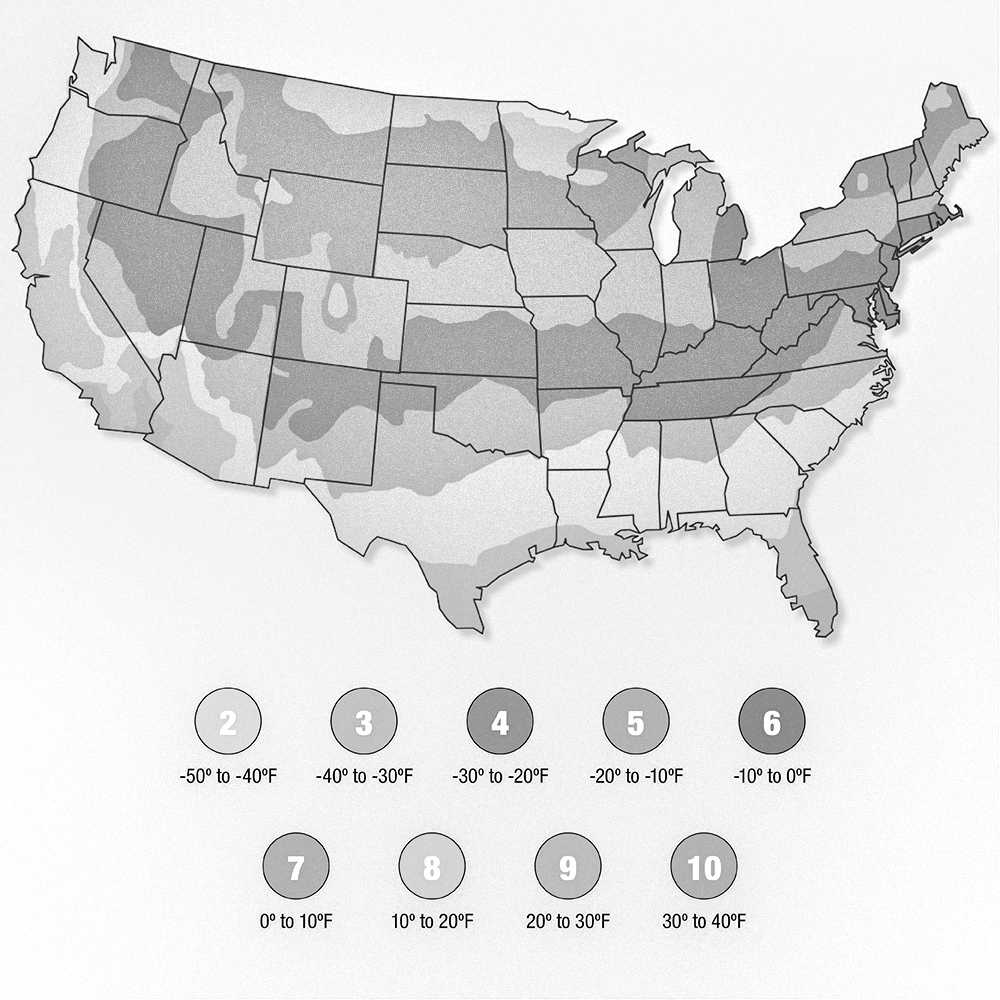


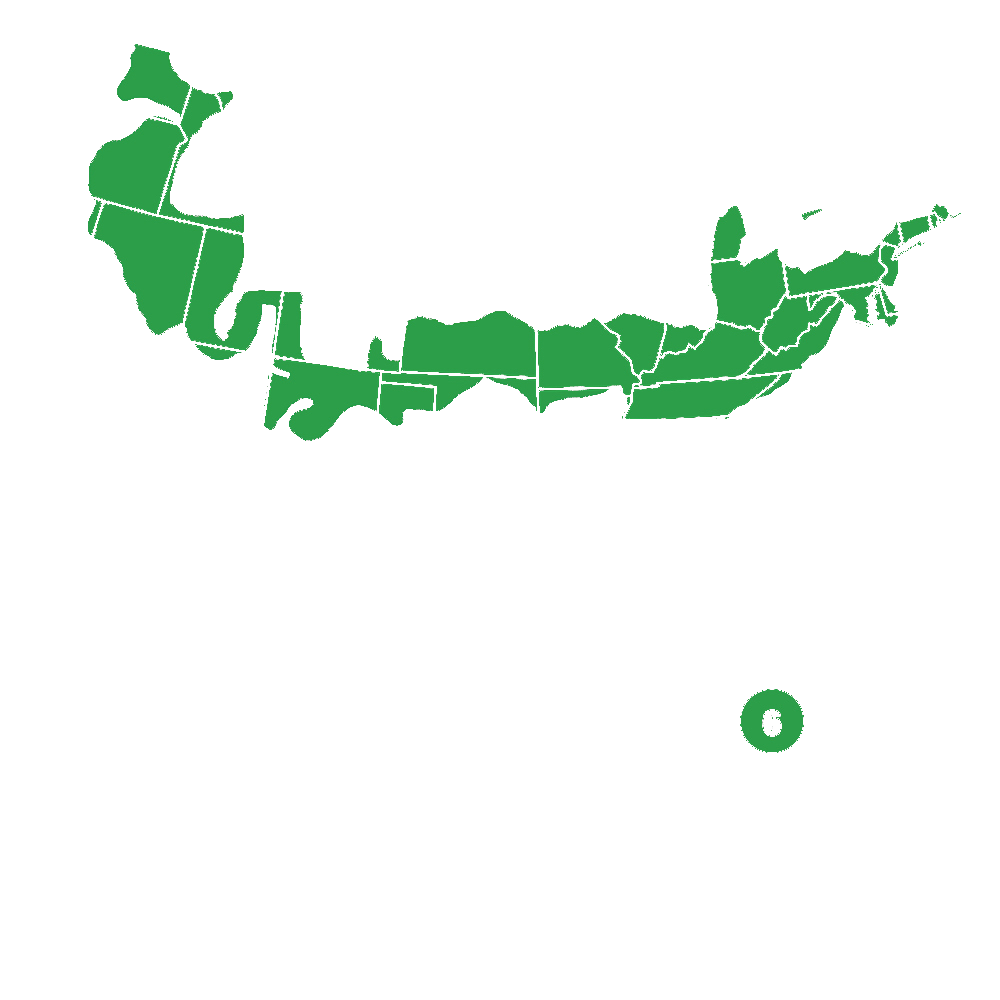

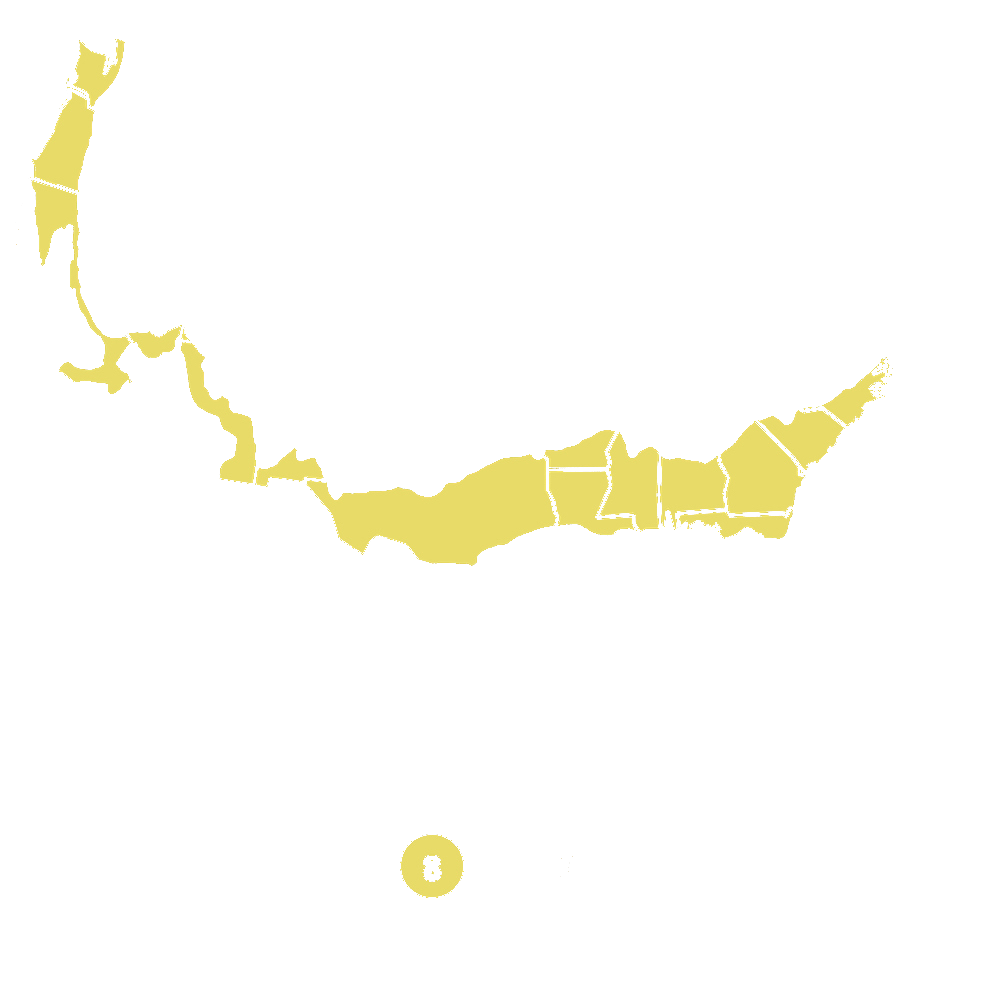


Pollination Info
Pollination Information for Basil Genovese
Basil Genovese, also known as Ocimum basilicum Genovese, is a popular variety of basil used in cooking and gardening. Basil plants rely on pollination to produce seeds for future generations.
Pollination Method
Basil plants are pollinated primarily by bees and other flying insects. These insects are attracted to the flowers of the basil plant by their scent and nectar. As the insects visit each flower, they transfer pollen between the male and female parts of the plant, allowing for fertilization to occur.
Benefits of Pollination
Pollination is essential for the reproduction of basil plants. Without pollination, basil plants would not be able to produce seeds for future generations, leading to a decline in population over time. Pollination also helps increase genetic diversity among basil plants, which can improve their overall health and resilience to disease.
Encouraging Pollination
To encourage pollination in your basil plants, consider planting a variety of flowers in your garden to attract bees and other pollinators. Avoid using pesticides, as these can harm pollinators and reduce their numbers. Additionally, planting basil in a sunny location with well-drained soil can help promote healthy growth and increase the chances of successful pollination.
FAQ
Basil Genovese (Ocimum basilicum Genovese) FAQ
What is Basil Genovese?
Basil Genovese, also known as sweet basil, is a popular variety of basil that is widely used in Italian cuisine. It has large, dark green leaves and a strong, sweet flavor.
How do I grow Basil Genovese?
Basil Genovese thrives in warm, sunny conditions with well-drained soil. It can be grown from seeds or transplants. Keep the soil consistently moist and fertilize regularly. Harvest the leaves regularly to promote growth.
How do I use Basil Genovese in cooking?
Basil Genovese is commonly used in Italian dishes such as pesto, pasta sauces, and salads. The fresh leaves can be torn or chopped and added to dishes right before serving to preserve their flavor.
Are there any health benefits to Basil Genovese?
Basil Genovese is rich in antioxidants and essential nutrients such as vitamins K and A. It may have anti-inflammatory and antibacterial properties. It is also believed to promote digestion and reduce stress.
How do I preserve Basil Genovese?
Basil Genovese can be preserved by freezing, drying, or making pesto. To freeze, chop the leaves and place them in ice cube trays with olive oil. To dry, hang bunches of basil in a warm, dry place until completely dried.
Can I grow Basil Genovese indoors?
Yes, Basil Genovese can be grown indoors in a sunny window or under grow lights. Make sure to provide enough light, warmth, and humidity for the plant to thrive. Regularly prune the plant to encourage bushy growth.
Planting & Care
Planting & Care for Basil Genovese (Ocimum basilicum Genovese)
Basil Genovese, also known as Ocimum basilicum Genovese, is a popular variety of basil known for its strong flavor and aroma. Here are some tips for planting and caring for Basil Genovese:
Planting:
- Plant Basil Genovese in well-drained soil that receives at least 6-8 hours of sunlight per day.
- Sow seeds directly in the garden after the last frost date, or start seeds indoors 6-8 weeks before the last frost.
- Plant seeds 1/4 inch deep and space plants 12-18 inches apart.
- Keep the soil consistently moist but not waterlogged.
Care:
- Water Basil Genovese regularly, especially during hot and dry weather.
- Pinch off flowers as soon as they appear to encourage leaf growth.
- Fertilize with a balanced fertilizer every 4-6 weeks during the growing season.
- Harvest leaves regularly to promote new growth and prevent the plant from becoming woody.
Pests & Diseases:
Basil Genovese is susceptible to pests such as aphids, spider mites, and whiteflies. To prevent infestations, regularly inspect the plants and use insecticidal soap if necessary. Powdery mildew and downy mildew can also affect basil plants, so ensure good air circulation and avoid overhead watering.
Harvesting:
Harvest Basil Genovese by pinching off individual leaves or cutting whole stems. The best time to harvest is in the morning when the leaves have the highest concentration of essential oils. Use freshly harvested basil immediately, or store in the refrigerator wrapped in a damp paper towel.
Following these planting and care tips will help you grow healthy and flavorful Basil Genovese plants in your garden.
Check Out These Verified Customer Reviews:
Customer Reviews
4.7 out of 5 based on 12 reviews
Thank you! Your review has been submitted.
Beautiful appearance, fresh quality basil.
The shipment was on time and the basil was fresh. Just what I needed for my recipes.
Excellent quality basil, will order again.
Item has been added to your cart.

